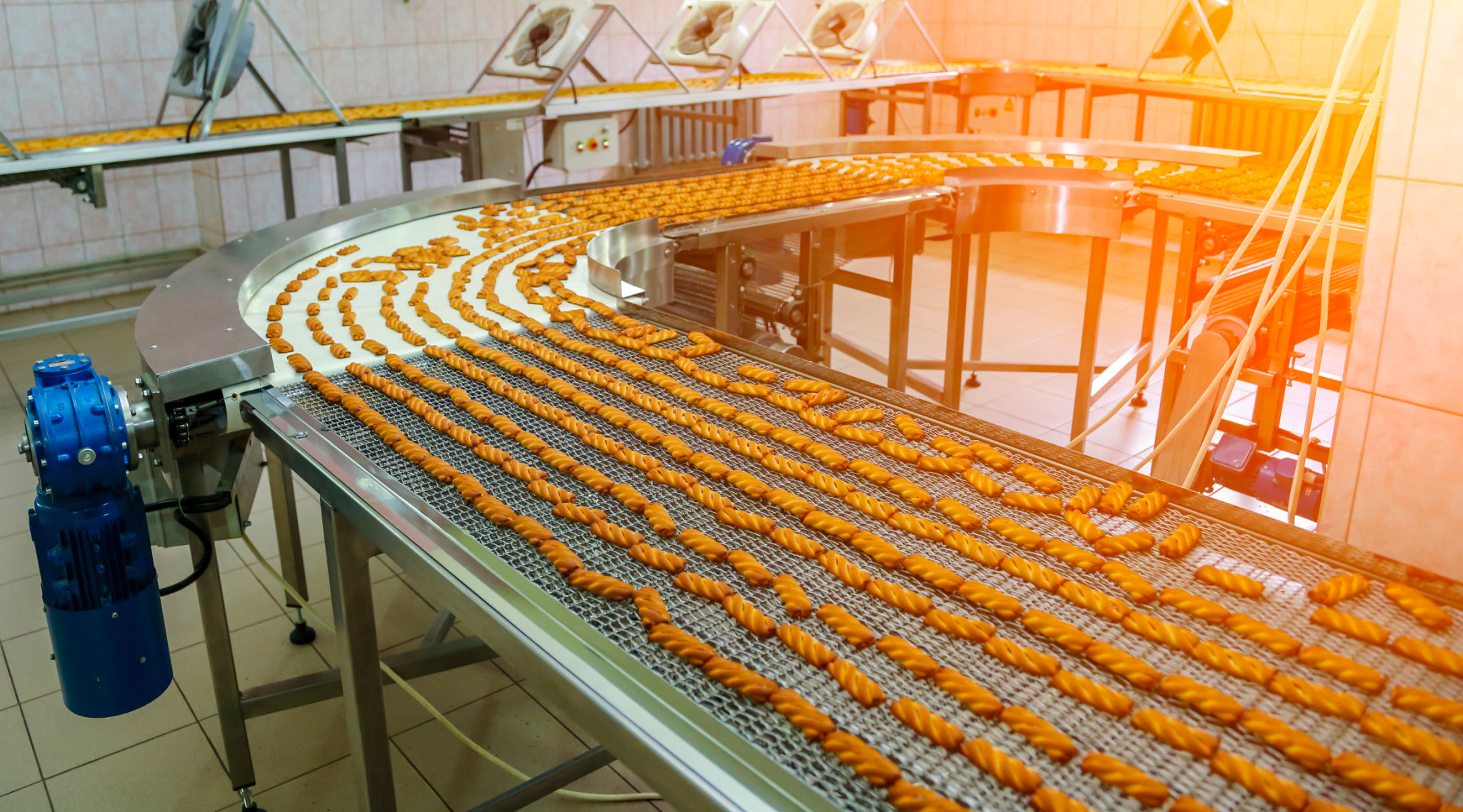Case Study: Successful Implementation of HPP Solutions in Food Manufacturing
Introduction to High-Pressure Processing (HPP)
In recent years, the food manufacturing industry has witnessed a significant shift towards safer and more efficient preservation methods. Among these, High-Pressure Processing (HPP) has emerged as a game-changer. This non-thermal technique uses extremely high pressure to inactivate harmful microorganisms, extending the shelf life of food products without altering their nutritional value or taste.
HPP is particularly appealing due to its ability to maintain the quality and freshness of food while ensuring safety. As consumer demand for minimally processed and preservative-free food continues to rise, HPP offers a promising solution. In this case study, we explore the successful implementation of HPP solutions in a leading food manufacturing company.

Challenges Faced by Food Manufacturers
Food manufacturers often face a multitude of challenges, including microbial contamination, limited shelf life, and maintaining product quality. Traditional methods like heat pasteurization, while effective in killing bacteria, can compromise the taste and nutritional content of food. This dilemma pushes manufacturers to seek alternatives that do not sacrifice quality for safety.
Cost is another major concern. Implementing new technology in production lines can be expensive and time-consuming. However, the long-term benefits of adopting HPP have proven to outweigh these initial investments for many companies.

The Implementation Process
In our case study, the company adopted HPP by integrating state-of-the-art equipment into their existing production line. The transition required thorough training for staff and a temporary halt in operations to ensure a smooth implementation process. Key steps included:
- Conducting a comprehensive feasibility study
- Customizing HPP equipment to fit production needs
- Training employees on new operational procedures
- Evaluating the impact on product quality and safety
Despite initial apprehensions, the company successfully completed the transition in under six months, with minimal disruptions to their output.

Benefits of HPP Adoption
The shift to HPP has brought numerous benefits. Firstly, it significantly extended the shelf life of products, reducing waste and improving supply chain efficiency. This was particularly beneficial for perishable items like juices and ready-to-eat meals.
Furthermore, the nutritional profile of the products remained intact, which was a crucial factor in maintaining customer satisfaction and brand loyalty. The company also reported a notable reduction in product recalls due to microbial contamination, enhancing consumer trust.
Customer Reception and Market Impact
Consumer feedback post-HPP implementation was overwhelmingly positive. Customers appreciated the fresh taste and longer shelf life of products. The company leveraged this advantage in their marketing campaigns, highlighting the health benefits and safety of their offerings.

The market impact was substantial, with the company experiencing a surge in sales and an expanded customer base. By positioning themselves as a leader in innovative food preservation, they gained a competitive edge in the crowded food manufacturing sector.
Conclusion
The successful integration of HPP solutions in this case study underscores its potential to revolutionize food manufacturing. By addressing key challenges such as safety, quality, and shelf life, HPP empowers manufacturers to meet evolving consumer demands effectively.
As more companies recognize the benefits of this technology, we anticipate broader adoption across various segments of the food industry. Ultimately, HPP not only enhances product quality but also reinforces consumer confidence in food safety standards.